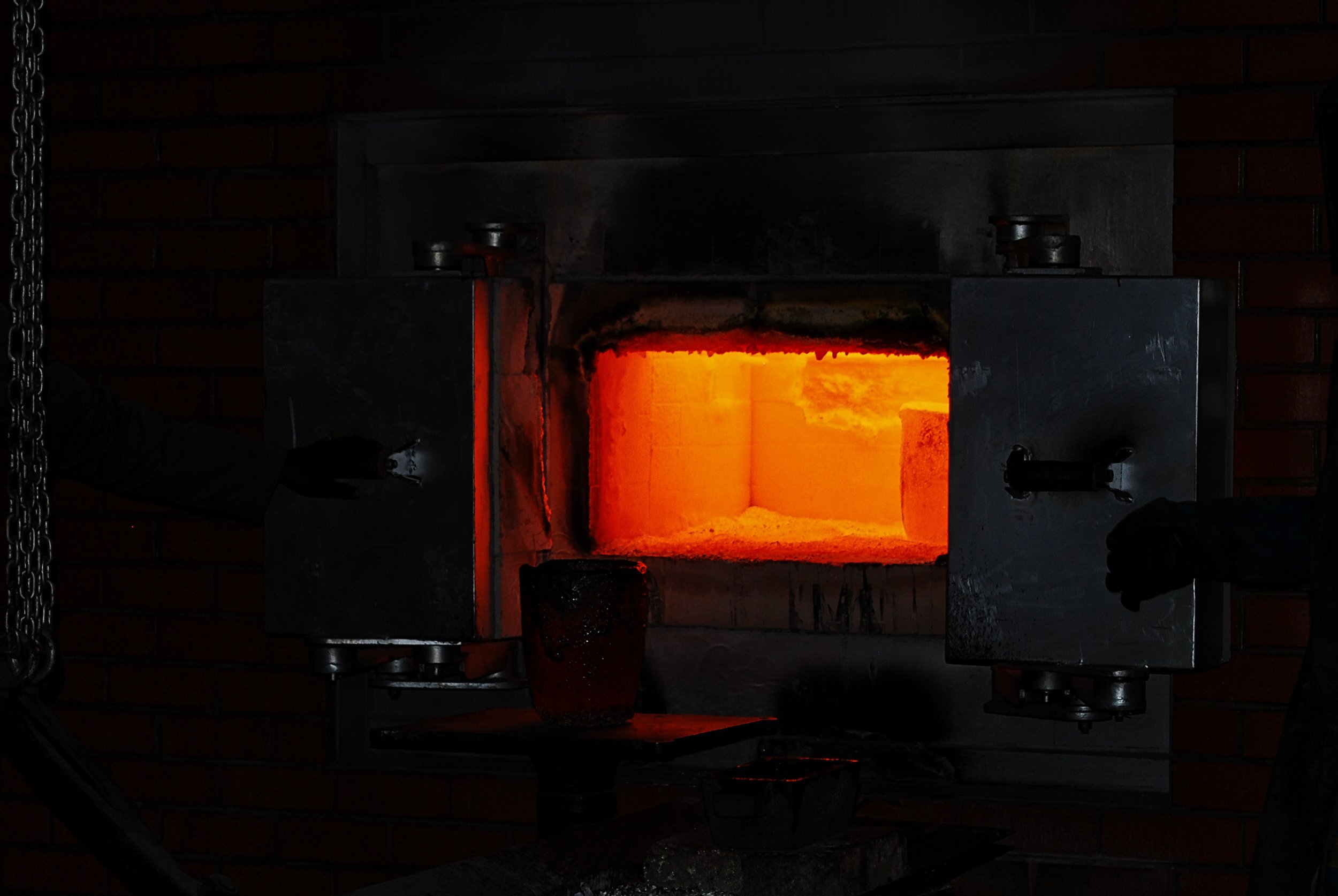The Difference Between Forged Knives and Stock Removal
Welcome to Flames and Blades: A Blog for Blacksmith and Bladesmith Enthusiasts. Each week, sixth generation blacksmith Jacob Phillips shares a little bit of knowledge and history. New articles arrive on Tuesdays and can be found at Jacob’s website or here on BDF. Check back each week for Jacob’s latest article!
When it comes to knives, there are two main methods of production: forging and stock removal. While both methods can produce high-quality knives, there are some key differences that set them apart. In this article, we'll take a closer look at the difference between forged knives and stock removal.
What is Forging?
Forging is a process in which a heated piece of metal is shaped by hammering or pressing it into shape. When it comes to knives, this process involves heating a piece of steel to a high temperature and then shaping it with a hammer or press. This process creates a dense, strong blade that is less likely to break or chip. Forged knives are often heavier and more durable than their stock removal counterparts. The forging processing is risky as you can add more micro fracture cracks, change the overall metal composition, and remove quantities of carbon from the steel (decarb or decarburization).
What is Stock Removal?
Stock removal is a process in which a blade is cut out of a sheet of steel using a grinder or other cutting tools. This process is often used for mass production of knives and allows for a high degree of precision and consistency in the blade's shape and size. While stock removal knives can be made from a variety of materials, they are often lighter and less durable than forged knives.
Which is Better?
When it comes to choosing between a forged knife and a stock removal knife, it really depends on your needs and preferences. If you're looking for a knife that is heavy, durable, and can handle heavy use, then a forged knife is probably your best bet. However, if you're looking for a knife that is lighter and more precise, then a stock removal knife may be a better option.
Ultimately, the choice between a forged knife and a stock removal knife comes down to personal preference. Both methods can produce high-quality knives, so it's important to consider your needs and the type of knife you're looking for before making a decision.
Conclusion
Whether you choose a forged knife or a stock removal knife, it's important to choose a knife that fits your needs and preferences. By understanding the differences between these two methods of knife production, you can make an informed decision and choose a knife that will work best for you.
This article is posted in partnership with Six-Gen Forge. Interested in reading more articles from Flames and Blades? Check out more blog posts here! New posts come out every Tuesday!
About The Author
More Flames and Blades











